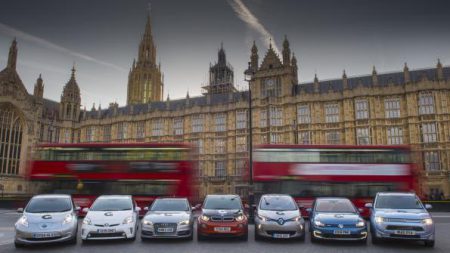Electric cars are a critical subject, and are likely to remain so as buyers respond to knee-jerk legislation by turning to electric vehicles (EVs) – be it plug-in hybrid or pure electric. Sales of those cars eligible for the (now reduced) government plug-in car grant are up 30 per cent year-on-year in the UK according to the SMMT, with 26,482 registered in the first half of 2018.
Notwithstanding the issues of excavating precious metals, there is a significant environmental burden associated with plug-in cars that must be considered: the batteries.
The scale of the issue
Most modern EVs use lithium-ion batteries; much the same as those that power your phone, toothbrush, tablet and most portable electrical items. Given how unfathomably numerous these small batteries are, it says a lot that EV batteries are expected to account for 90 per cent of the lithium-ion battery market by 2025 according to a recent forecast by consultancy firm Roskill.
For a longer-range forecast, consider that the UK government intends for all new cars and vans to be plug-in EVs by 2040. Assuming the new car market remains as buoyant as it is now, that equates to about 2.5 million new cars – and therefore battery packs – each year.
While the sheer volume of EV batteries that will need to be re-purposed or recycled is undoubtedly daunting, it’s worth starting on the positive note that these batteries have a long lifespan, and have proven very reliable. Most lithium-ion batteries will last about eight to 10 years before their performance drops to around 70 per cent (or less) of what it was when new.
So what can be done with these batteries when they reach the point that they need to be re-used or recycled?
Power storage for your home and business
One popular solution is to re-use them as power storage for domestic and commercial buildings. Nissan recently launched the largest power storage facility in Europe to use both new and used car batteries; the Johan Cruyff ArenA in Amsterdam uses 63 used EV battery packs and 85 new battery packs, which feed off of 4,200 solar panels on the stadium roof.
Read more: Telegraph

